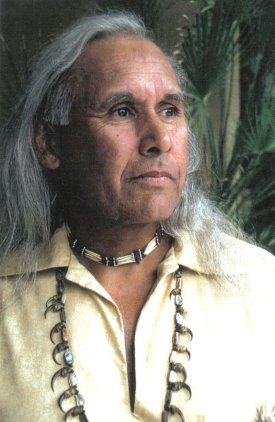Indigenous Peoples’ Day: a time to ‘share the true history’
October 11, 2020
Indigenous Peoples’ Day, Oct. 12, will be celebrated virtually at California Lutheran University.
“The [Center for Cultural Engagement and Inclusion] is going to do a series of posts that will center Indigenous peoples’ and celebrate Indigenous joy,” Jonathan Gonzales, senior coordinator for the CCEI said in an email interview. “We also want to raise awareness as to why we celebrate Indigenous Peoples’ Day and why Columbus Day should not be recognized.”

Jonathan Gonzales said he and Nicole Gonzales, director of Student Life, organized the social media event, curating Indigenous artists and creators to feature on Instagram and Facebook.
In addition to uplifting Indigenous artists and creators, Student Life will host a raffle for the chance win a copy of An Indigenous Peoples’ History of the United States. To enter this raffle, students can comment what stolen lands their hometown lies on using the Native Land locator.
“We will be highlighting the Chumash that are native to the land that Ventura County occupies. We will also highlight the activism that has taken place in Ventura County since the summer that ultimately led to the removal of the Father Serra statue in front of the Ventura City Hall,” Gonzales said.
The meaning of the holiday
Alan Salazar, a tribal elder with the Fernandeno Tataviam Band of Mission Indians, said in a phone interview that Indigenous Peoples’ Day is a critical point of discussion for students.
“So to sort of share the true history that from a native perspective, I think, is extremely important. And as the first people that the Chumash were one of the oldest tribes in all of North and South America, we did hear at least 13,000 years probably longer,” Salazar said.
Salazar said his ancestors are from the Ventureno Chumash and the village Ta’apu, which is now Simi Valley, and the village Chaguayanga, which is Tataviam village in the Santa Clarita Valley.
Salazar is a retired juvenile probation officer and has worked in several institutions in Kern County and Santa Barbara County, but he has always been an indigenous storyteller.
“The reason I do what I do, the reason I do talks and lectures is to share my tribal ancestry, my tribal history from a tribal point of view. And that still has not been done in most of all America, but definitely and in California,” Salazar said.
Salazar said U.S. education falsifies history through teaching about Christopher Columbus’ discovery of America, rather than the experiences of the native peoples.
“We change our curriculum, and we discuss the mission period and the bounty period; at the high school level, we can talk about it at least a little bit more openly,” Salazar said. “I can’t have a discussion with a fourth-grader.”
He said there has been progress in history books but there is still so much history not in the books that elementary, middle and high school students still don’t know.
“You know, even until that true history is told, you know, we still have a ways to go,” Salazar said.



















